Kajitsu
“Started with frozen sake to start the night off and got the seasonal menu with sake pairing.”
“I was told from the painting on the wall, to the plates holding the food to the servers and chefs, they all come from Kyoto, Japan.”
“Kajitsu specializes in Shojin Ryori (a vegan cuisine sometimes called Japanese temple food).”
Kajitsu
Takes Reservations: Yes
Accepts Credit Cards: Yes
Bike Parking: Yes
Good for Groups: Yes
Waiter Service: Yes
Price range.
$$$$ Price range Above $61
8 reviews
Rate and write a review Cancel reply
You must be logged in to post a comment.
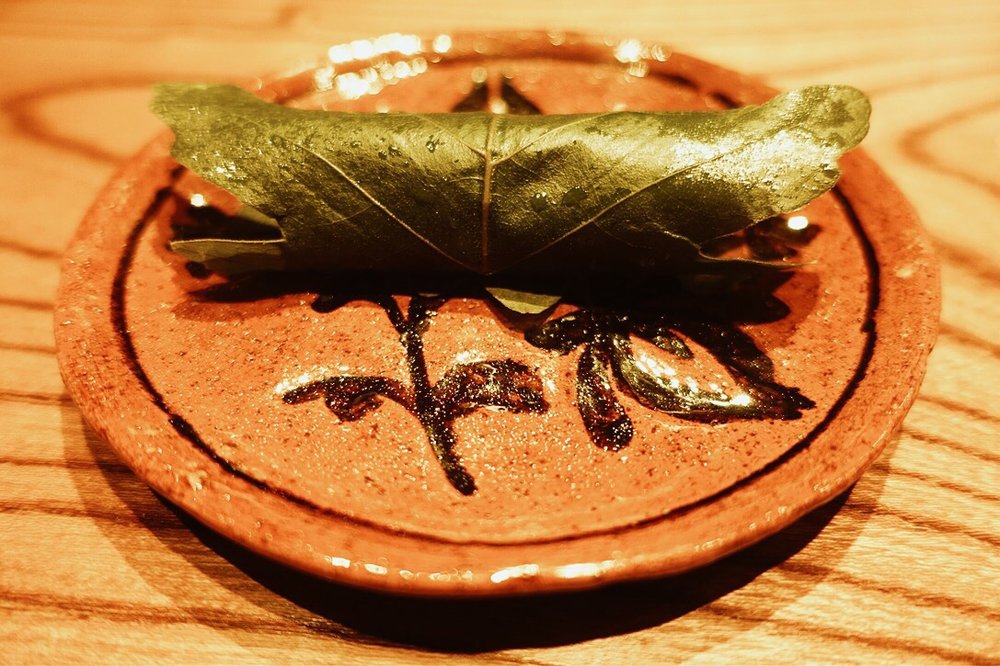
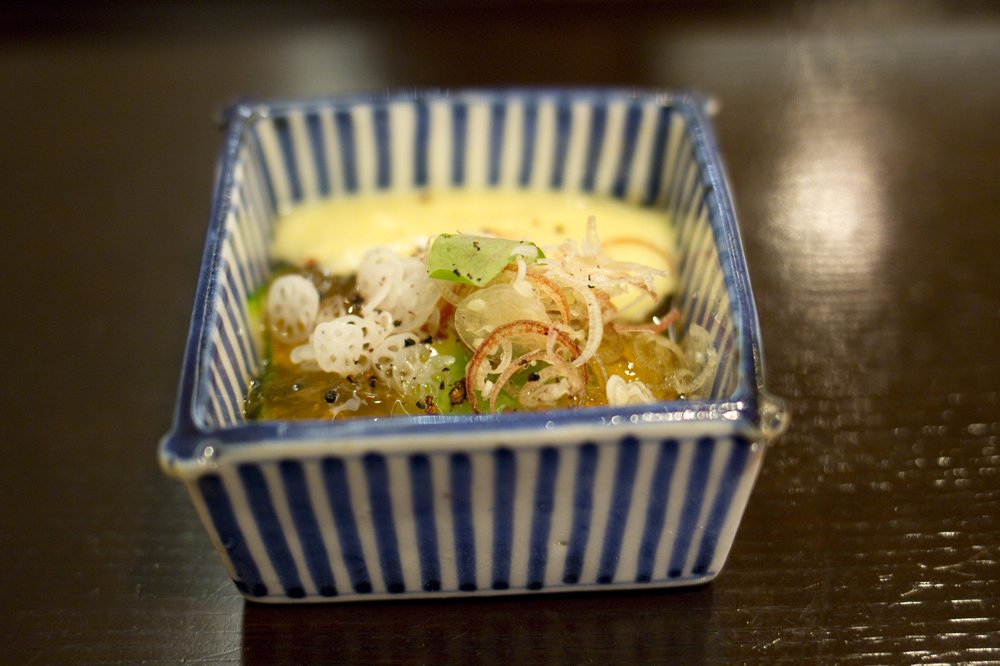
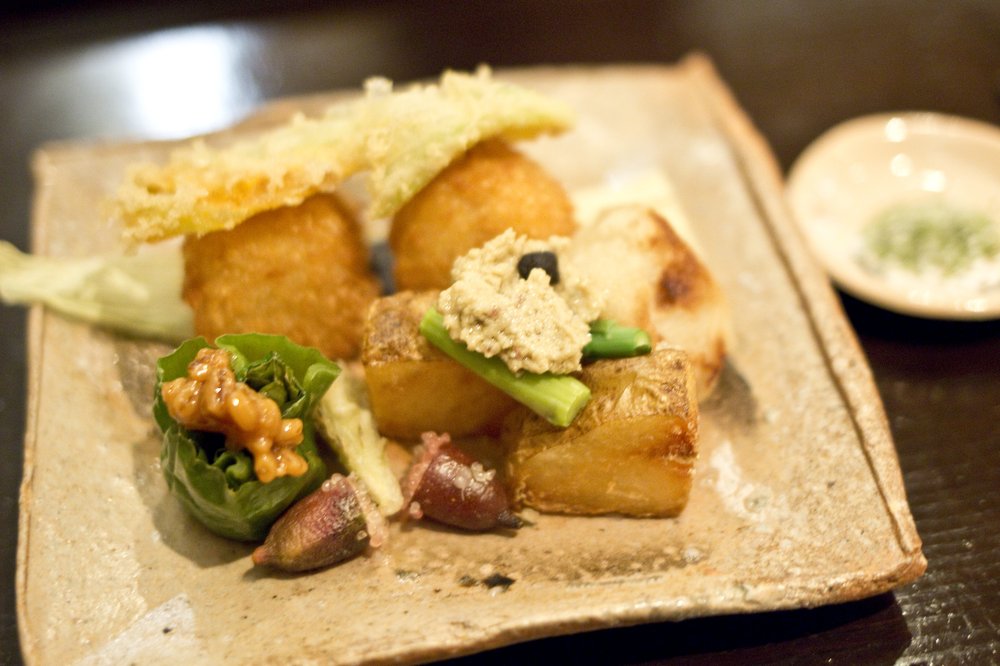
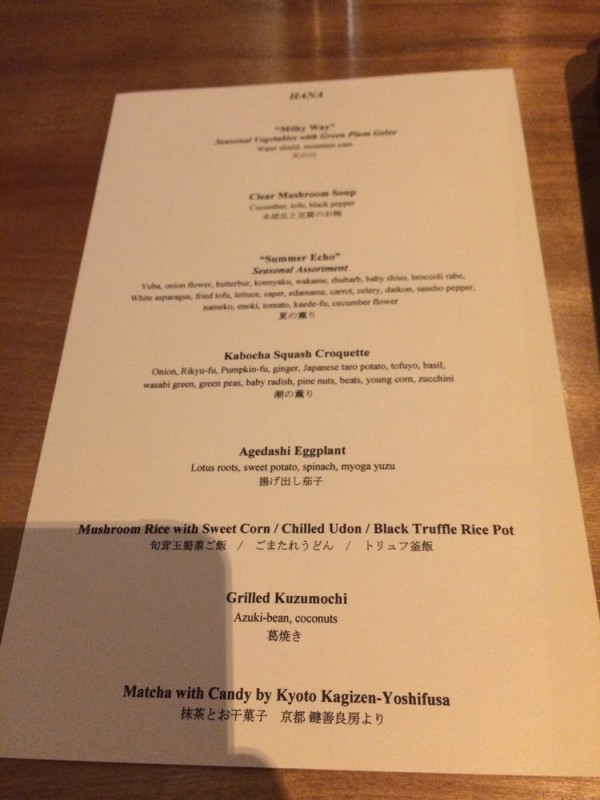
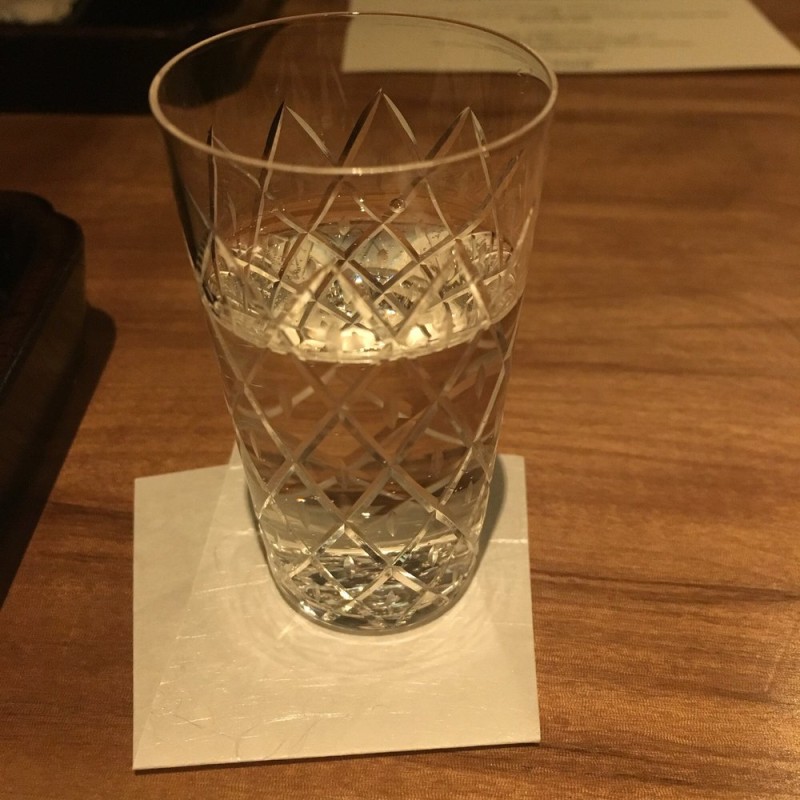
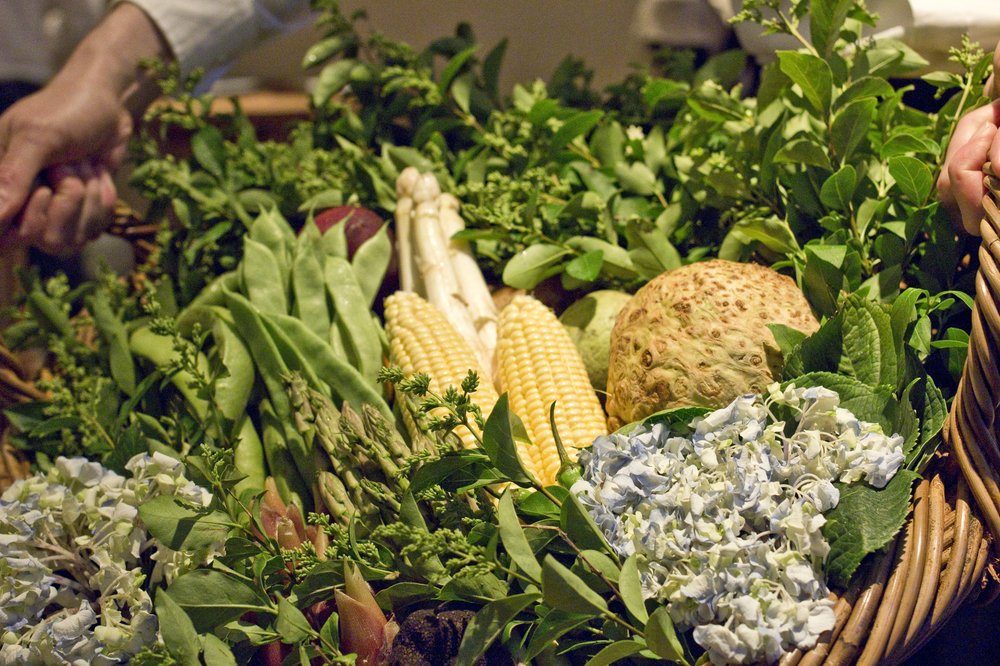
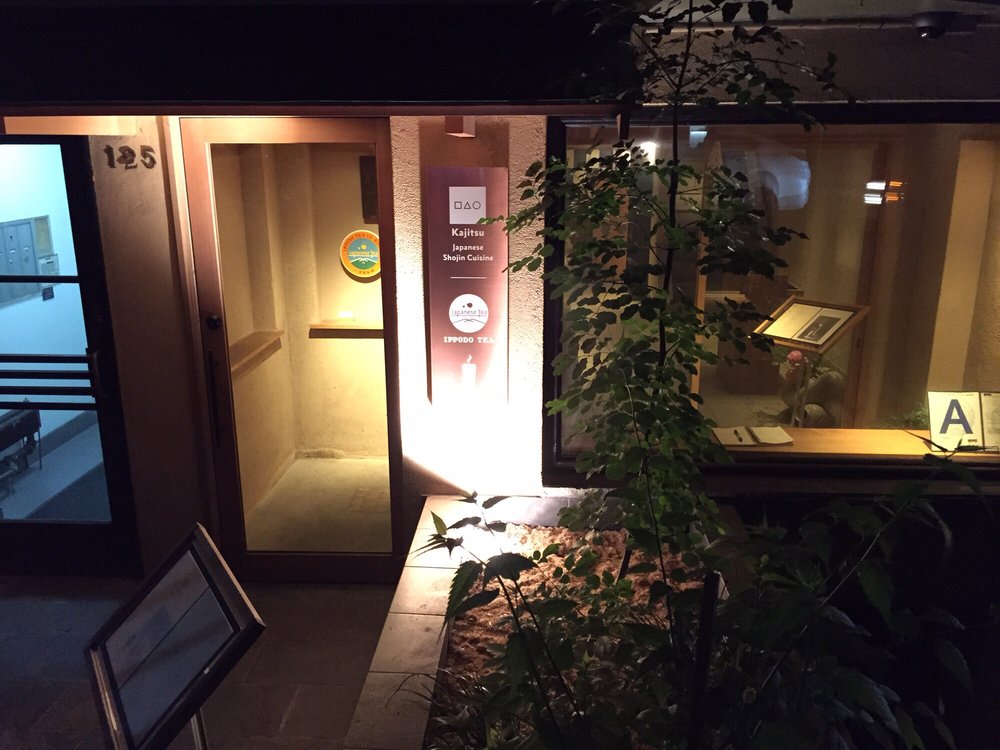
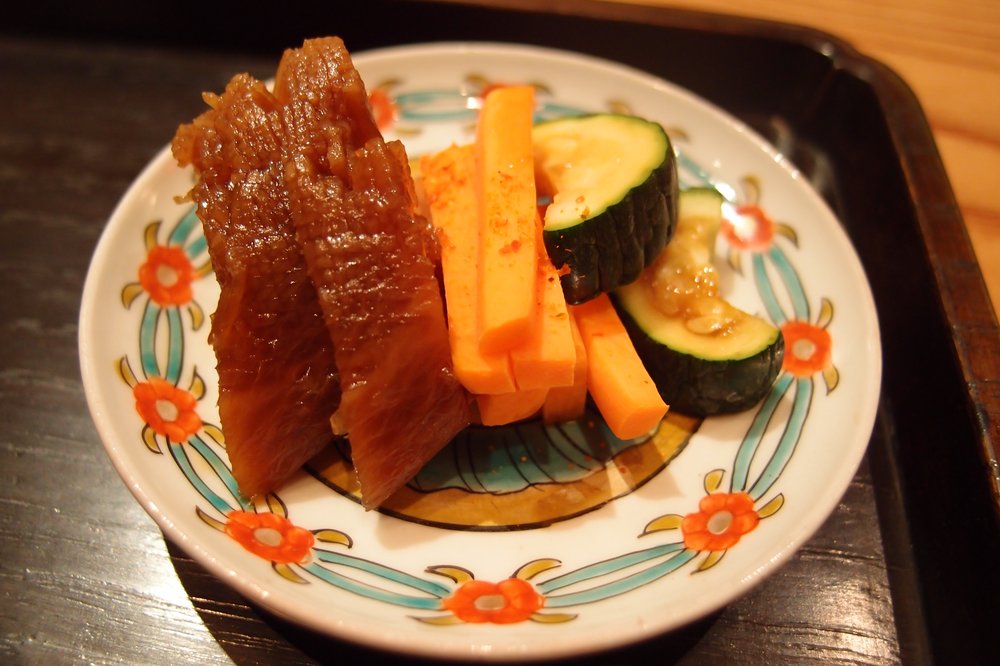
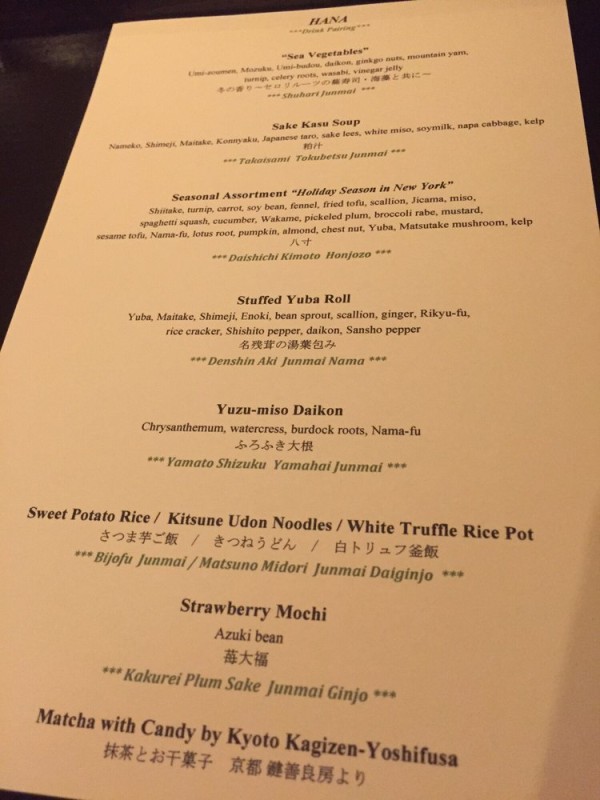
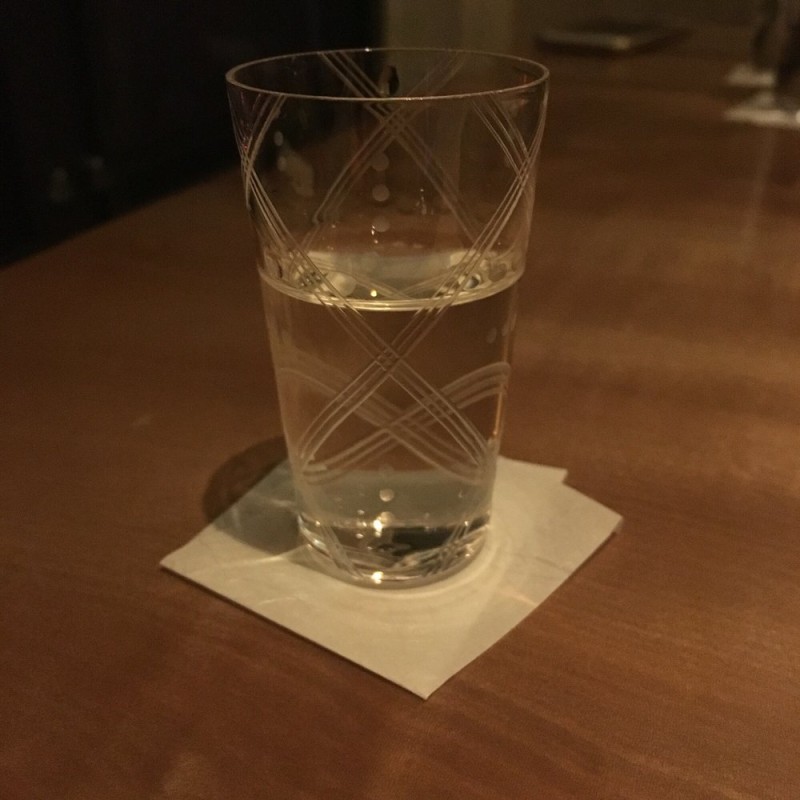
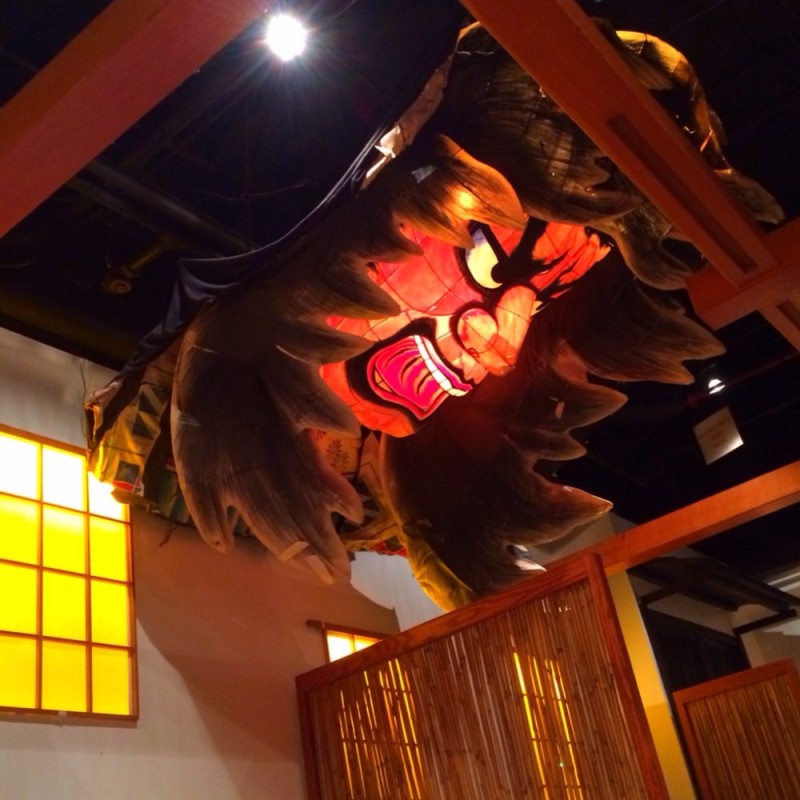
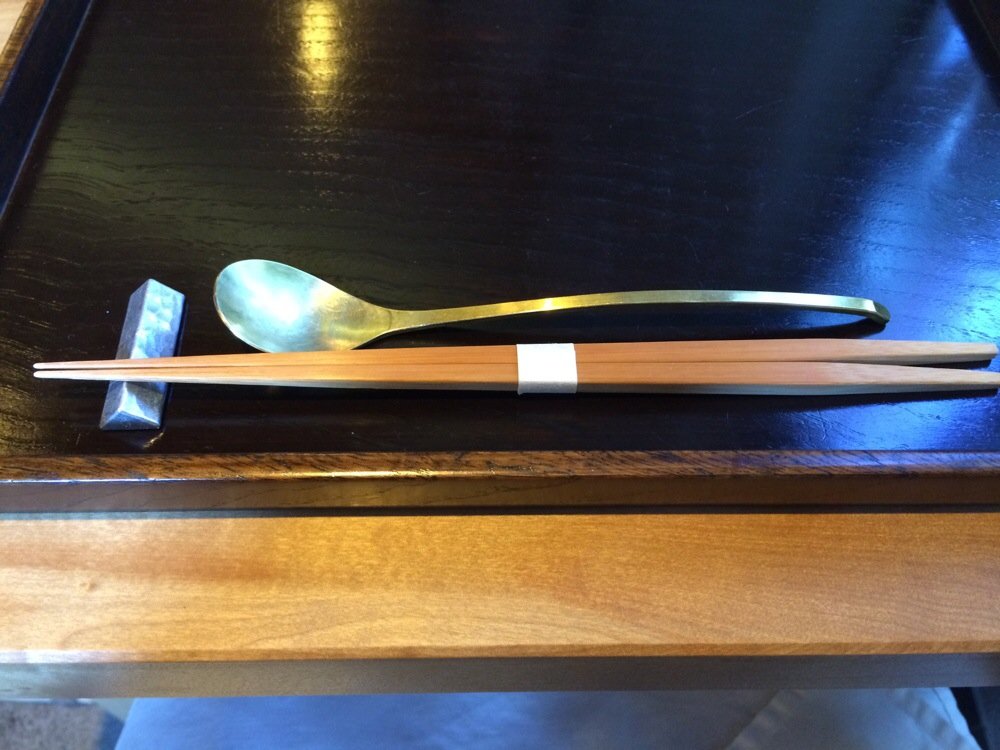
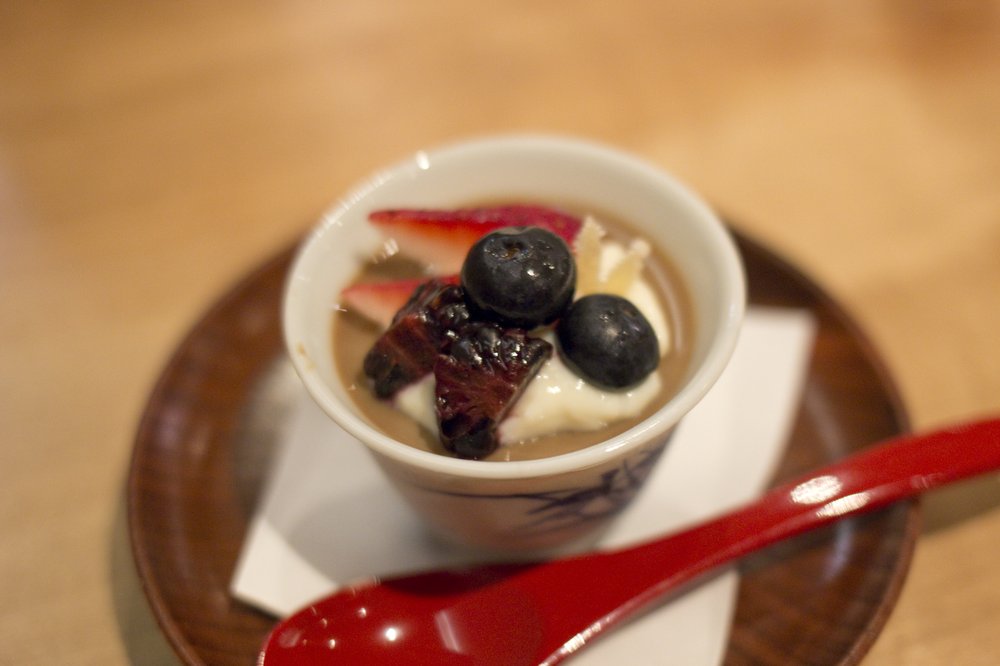
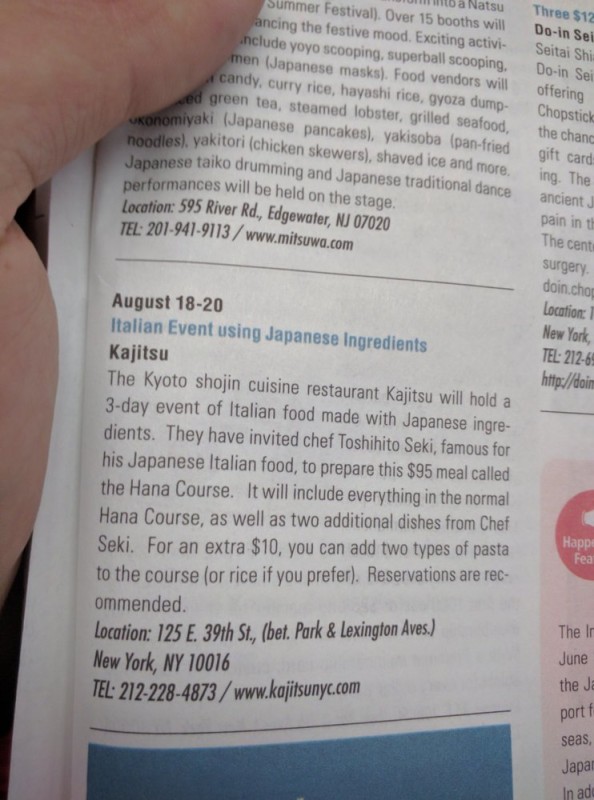
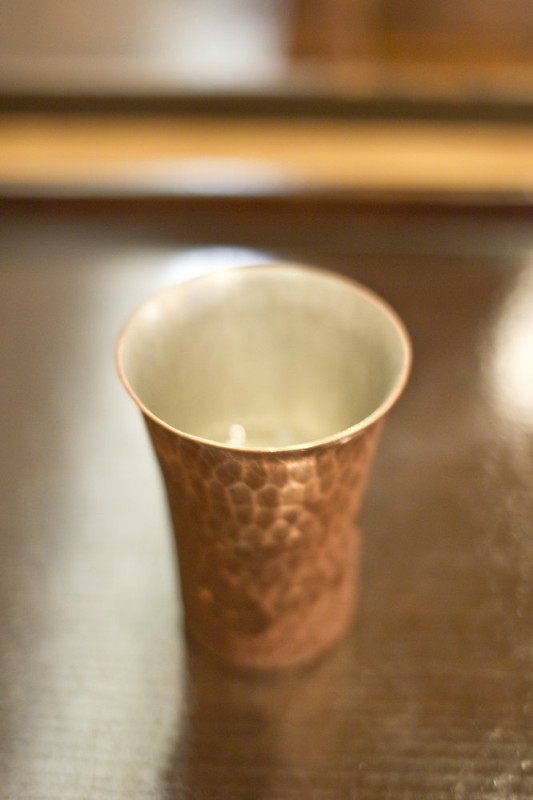
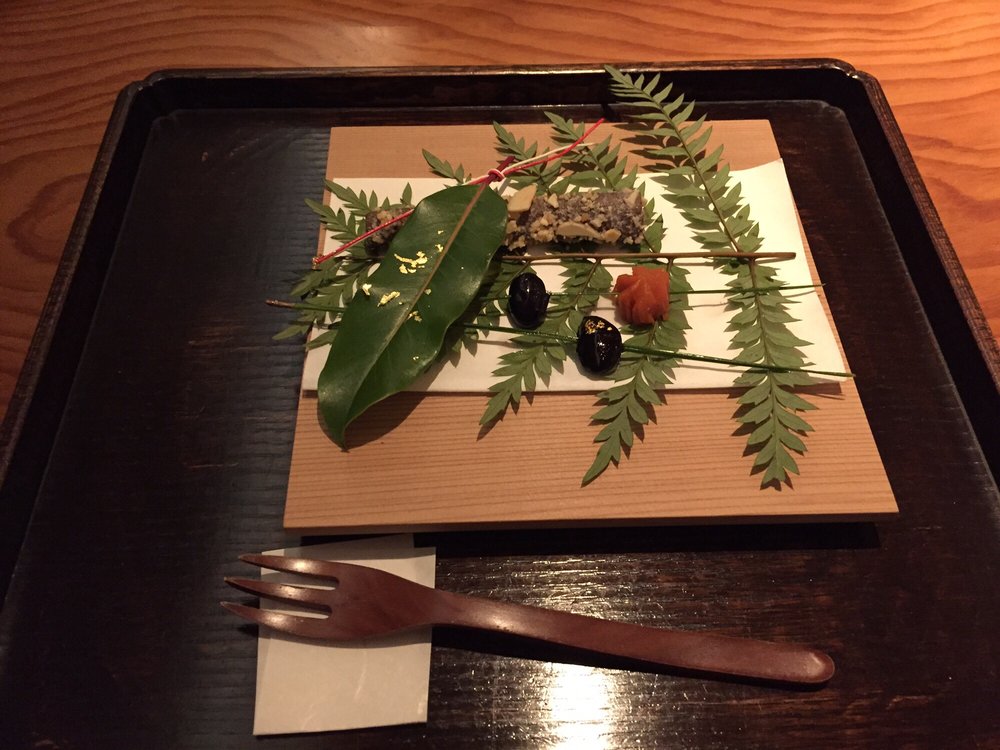
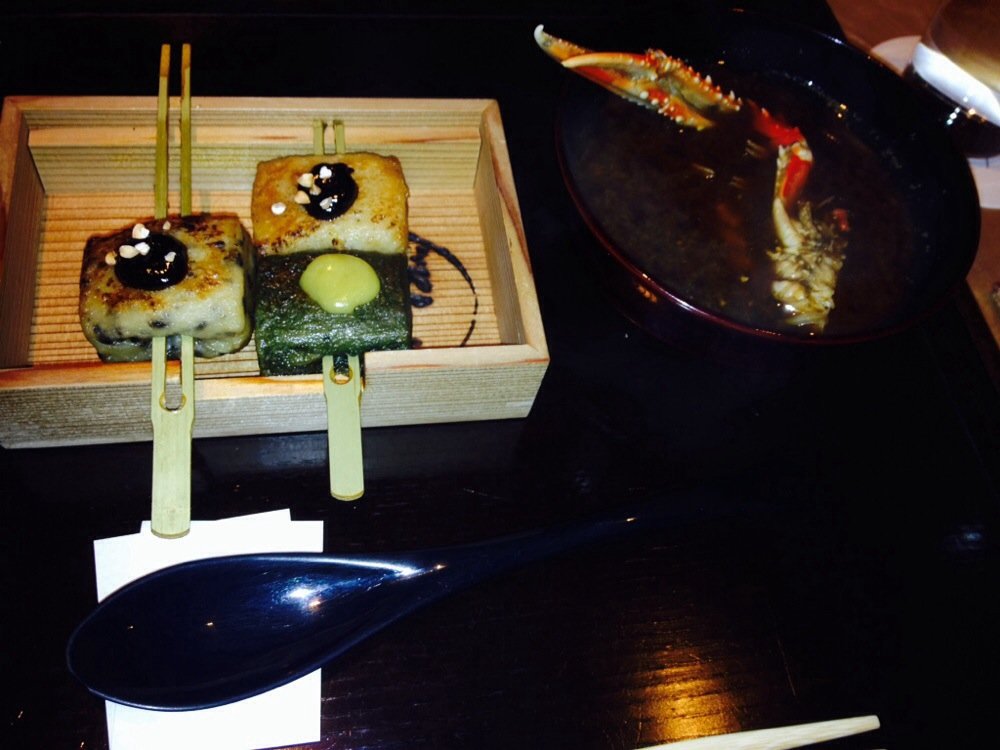
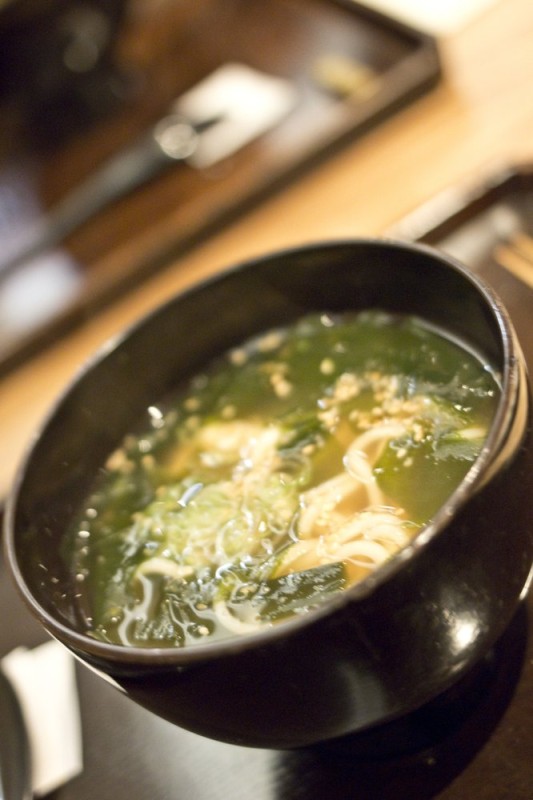
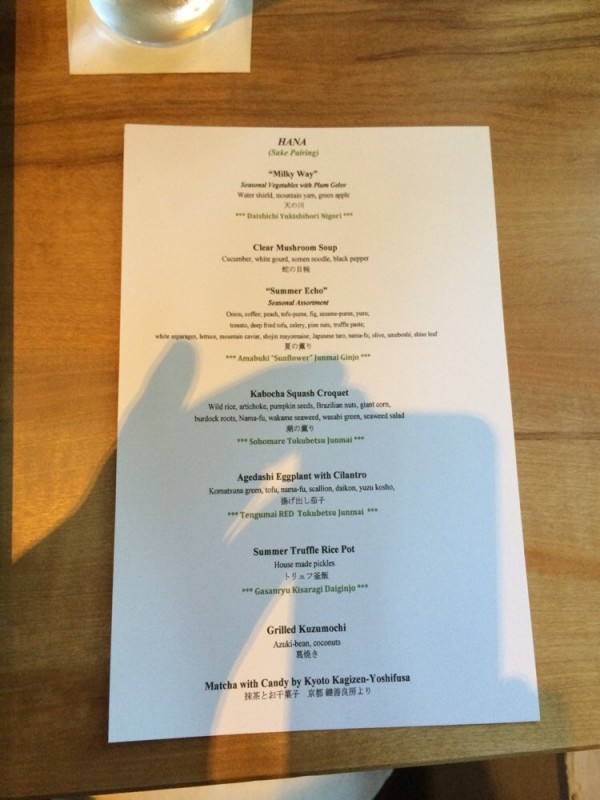
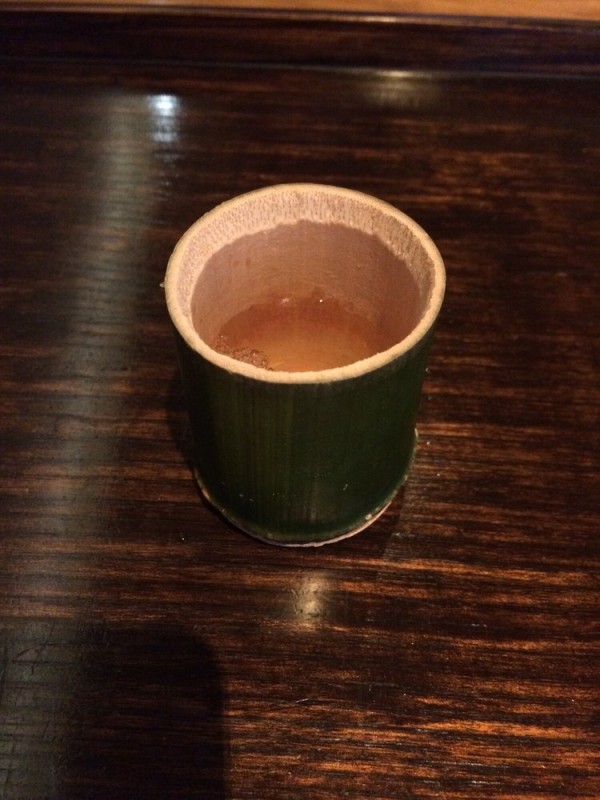
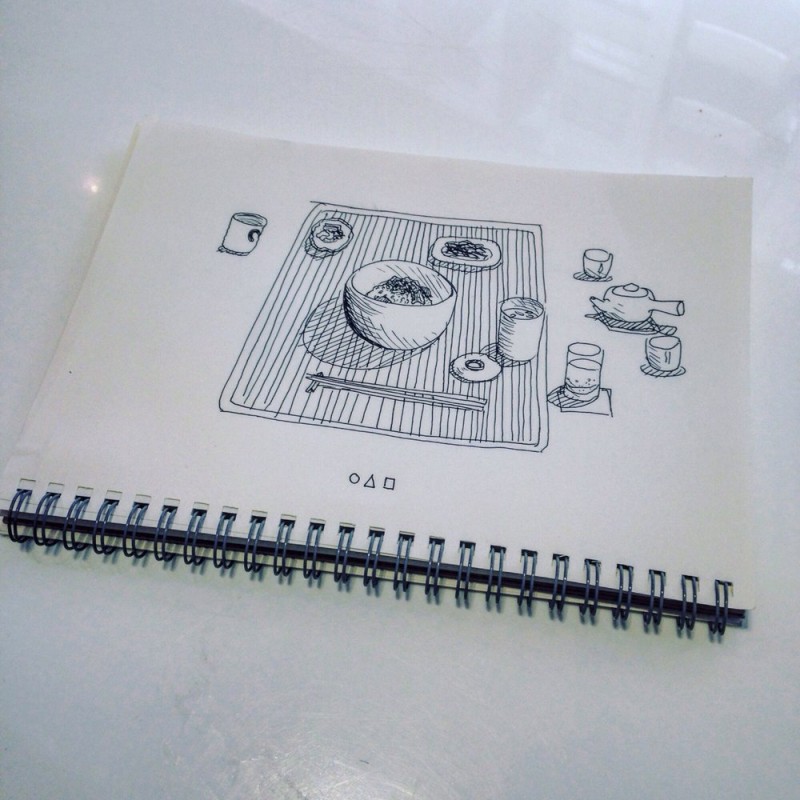
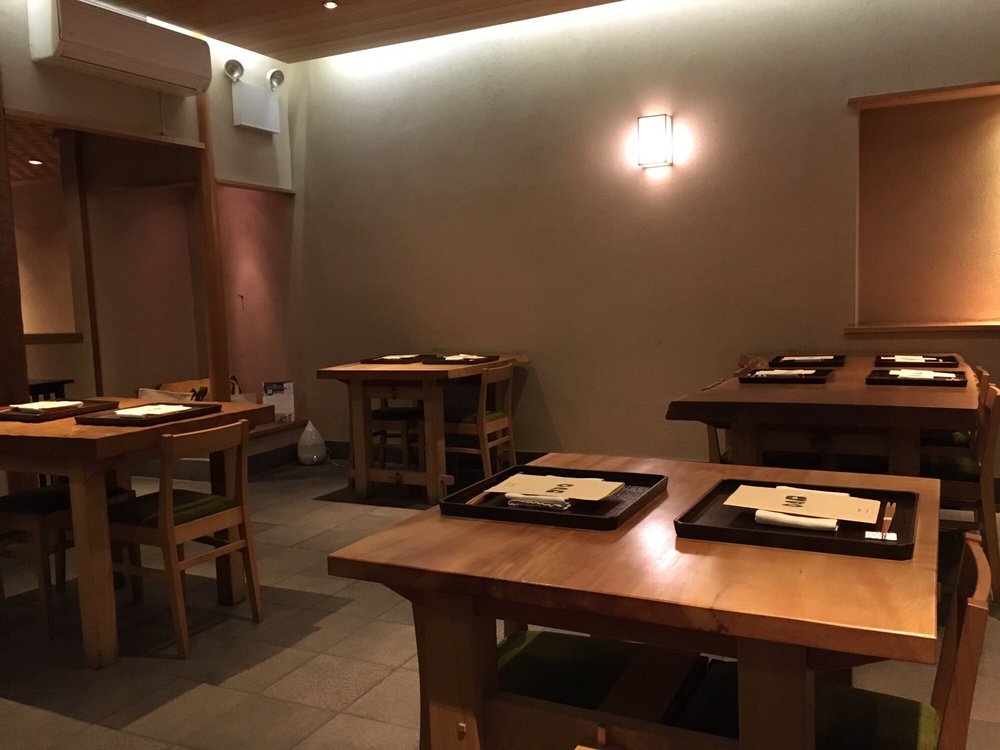
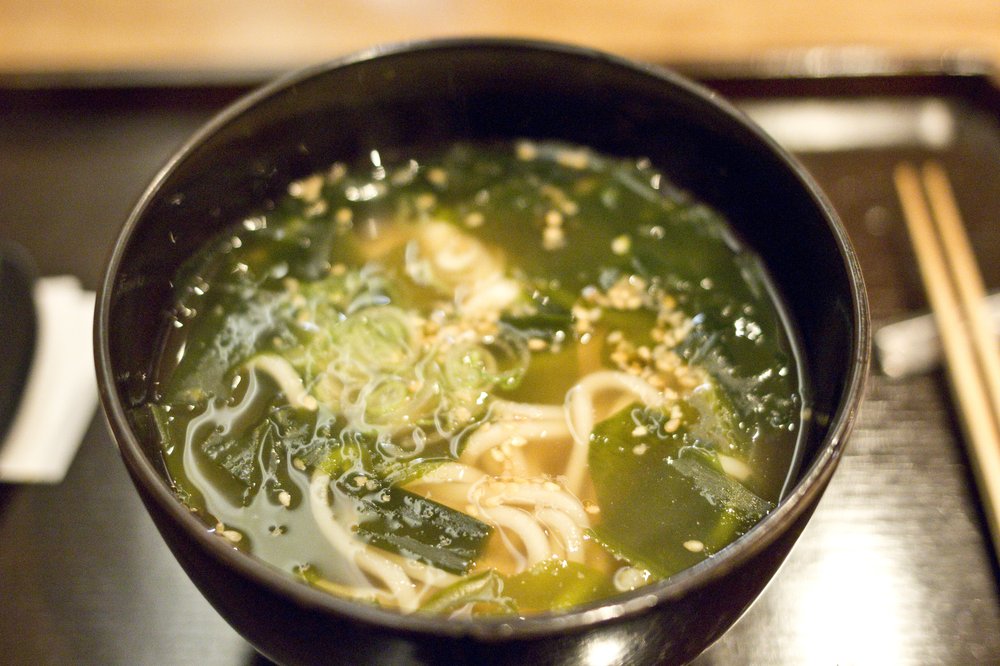
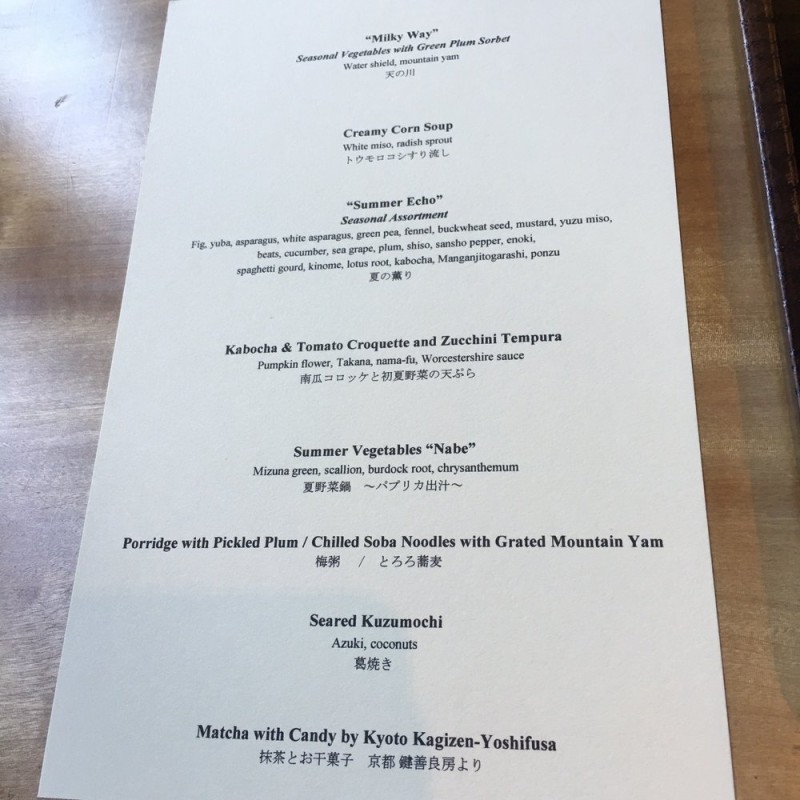
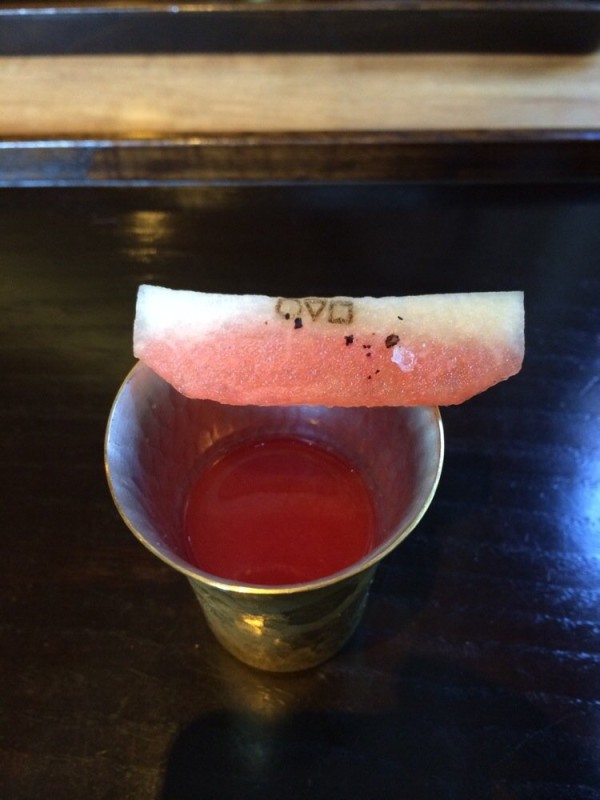
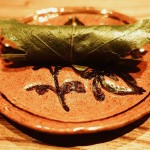
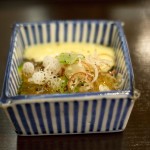
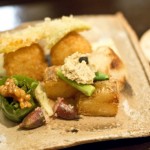
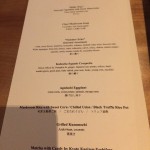
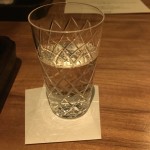
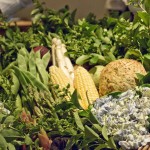

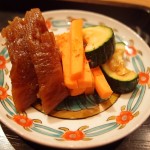
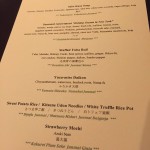
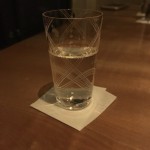
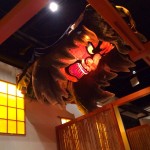
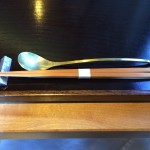
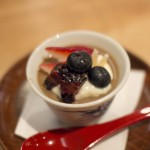
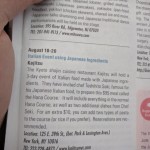
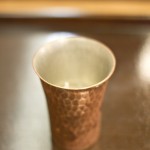
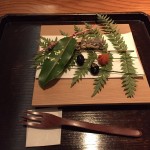
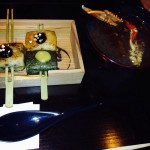
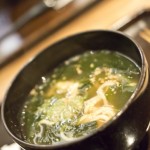
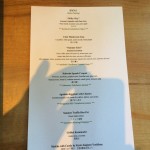
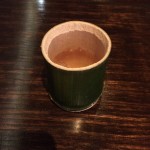

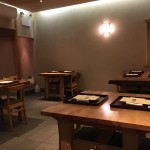
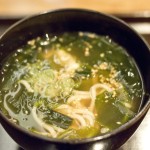
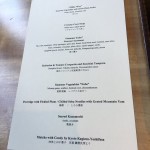
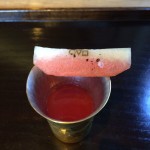
I took my fiance here for Valentine's day. The service was completely perfect. Our server was attentive, polite, our water was always quickly refilled, and each dish was explained to us as it was brought out. All of the food we got was presented beautifully and was delicious. The tempura was the absolute best tempura that I've ever had in my life. Words can barely describe how magical just about everything was. The only thing I wasn't crazy about was the yuba rice I opted for instead of a curry (the portion was a bit too large, and I wasn't crazy about the flavor). I also found myself getting a bit too stuffed before dessert and think they could have avoided that with slightly smaller portions on some of the later courses. Yes, normally I just wouldn't eat it all, but with what I was paying I made sure nothing was wasted. The portion sizes were perfect for my fiance though. Overall it was a wonderful experience, and I can't wait for an excuse (and to have the funds) to go back.
The only thing I'd add is that I wish they had an a la carte menu. Some of the items that were part of earlier courses would be great on their own. One plate included a piece of sushi with fresh fu in it that was absolutely amazing. It reminded me of raw fish, but you knew it wasn't, yet it was still so much better. I would have loved to get a roll of that with some soup and tempura!
The service was great (glasses of water refilled quickly, food brought out in a timely fashion, polite waiters/waitresses who explained what we were eating).They were also patient as we waited for our entire party to arrive before ordering. You can appreciate this at places where you cannot be seated until the entire party is there.
We ordered the smaller tasting menu for $55 and received four dishes. The presentation was great, but the dishes tasted just ok (not outstanding – hence my 3 star rating). There wasn't too much flavor and the portions were very tiny.
The decor is minimalistic and there is no music upstairs, which I had never really experienced before – not that this is a bad thing.
so very delicious! unique food and a nice atmosphere. personally, i feel things are a bit overpriced. i hate saying this but after meals go beyond $100 per person, I have some steep expectations. the experience is enjoyable and relaxing and i really like supporting skilled professionals… but this place is pricey enough that it is a better fit for a fancy dinner date for the sake if being fancy and not because the food or presentation or atmosphere is far above other experiences. i have been lucky enough to come here twice and i must say this second time was my favorite.
this place is lovely and filling for all foodies but a really special treat for vegetarians. my first experience was the chef's choice multi-course meal and it was an interesting use of vegetables and flowers to simulate sushi. while this was an incredible artistic culinary expression, it often felt more focused on presentation over palate.
my second experience was also a multi-course meal but really focused on creating complex flavors from the natural essence of each ingredient. i really appreciated the opportunity to experience the comfort of familiar autumnal flavors & colors through a filter of japanese culture. these dishes were truly inspiring, in taste, texture, and simplicity.
overall fresh & traditional ingredients and a surprisingly satisfying & robust vegetarian meal. come here for a new experience but level set your expectations for great food & authentic seasonal flavors at high cost.
The unassuming outside facade consisted of a large window in a building with a sign that was difficult to read from the street. Luckily, our Uber driver located it just fine. Inside, there are actually two restaurants. Kokage serves fish and is located on the ground level whereas Kajitsu is vegan and is located on the second floor. They seated us in the very small dining room at the top of the stairs. What was frustrating to me is that the word vegan is not found anywhere on the menu or website. It made me a little uneasy, but I was assured that all items were vegan by the staff. I'm not appreciative of how some restaurants choose not to use this word for fear of scaring people away, but I do understand.
The dining room was quite simple as was the theme of the night. For a Michelin-starred restaurant, I was a bit disappointed with the lack of color and I don't mean literally in the dining room. There was no artwork — just a tile floor, cream walls, and light wood furniture. It looked like what you'd find in a cafe and not an upscale restaurant.
This theme continued throughout the night. We went with the Chef's Omakase, which is the multi-course menu using ingredients available daily, and the sake pairing. The meal is based on Japanese shojin cuisine, which is a type of vegetarian cooking that originated in Zen Buddhism. It is regarded as the foundation of all Japanese cuisine and is still prepared in Buddhist temples throughout Japan.
In traditional Japanese cuisine, the dishware is an integral part of the meal. The dishes used at Kajitsu include pieces created by master Japanese potters over 200 years ago as well as works by modern ceramic artists. They began the meal by asking us to choose a cup from a selection.
The meal began with Yin and Yang, black sesame tofu, lily bulb with soymilk and cacao nibs, asparagus, daikon radish, and leek powder. It looked beautiful, but tasted like nothing. This made me worry from the start of the meal, but I was hoping this was isolated to this one dish.
The second course was a soup made with kale broth and turnips. There was a mochi rice cake, plums, and lotus. I loved the broth, but the rest of it was meh. Again, very simple.
The third course was a huge seasonal assortment of vegetables celebrating spring! It consisted of kanpyo, mitsuba, shiso, cucumber, shiitake, myoga, nama-fu, carrot, soybean, arrowhead, dandelion miso, turnip, pickled plum, citrus jam, nameko, scallion, daikon, broccoli rabe, potato, shojin mayonnaise, cauliflower, olive, cabbage, and ume-fu. Yeah, all that. Again, very simple with light flavor. The items were fine, but nothing really stood out as fantastic.
The fourth course was seasonal veggie tempura. there was chrysanthemum, king oyster mushrooms, broccoli rabe, string and fava beans. It was good, but tempura usually is. By this point, we were both very full and it was getting difficult to continue eating!
The fifth course was a very heavy mochi dish covered with black truffle shavings. Now this was good, really good!
The sixth course was a meal in and of itself. It was winter vegetables sukiyaki, which was a broth with lotus root, konnyaku, taro, mizuna, scallion, and shimeji mushrooms. I thought this was very good.
The seventh course was Curry Udon Noodles served with tofu along with yuba rice with shaved black truffles and pickled vegetables. Again, this could have been the only thing we ate all night. I tried a little and it was very good, but boxed up the rest.
The eighth course was more of a palate cleanser. It was a nigori sake sorbet with dehydrated apple chips. It wasn't great.
The ninth course was a mochi cake with sweet potato, azuki bean, and cinnamon. It was okay. The Kijoshi sake from Hiroshima that was paired with this dish was amazing!
Lastly, they served some sugar candies that we took home because we were stuffed!
The entire time, we were amazed at how quickly others ate these 10 courses because we could barely get through this much food! In the end, I have to say that we were very disappointed. Why? Because it is a Michelin-starred restaurant, albeit, one-star, but still, I only expect the best from Michelin-starred restaurants and this one served very plain food that clearly needed more flavor. The service was pretty good and attention to detail was great. But, for $185 per person plus sake pairing, I expect so much more. Given the price and lack of taste more generally, I would not recommend Kajitsu. I understand that this may be indicative of the style of Japanese cuisine, but it was not flavorful enough for my palate or my wallet.
My friends know that one of the last things I would ever become is vegetarian (or vegan), so even I was surprised by my interest in Kajitsu. The one Michelin-starred restaurant specializes in Shojin Ryori, a vegetarian cooking style that has its roots in Japanese Zen Buddhist monasteries, and is considered the foundation of traditional Japanese kaiseki. The focus is on grains, fruits, and vegetables, and coaxing the pure and simple flavors out of these ingredients. Accordingly, Chef Ryota Ueshima ensures that the menus are changed at the first of each month to highlight the produce that's at its peak during the season.
I came to Kajitsu with a good friend of mine to celebrate my birthday, and she took care to handle the details and logistics of the evening. All I had to do was arrive on time, and we were soon led up the set of stairs into the austere, almost too-muted, dining room. It's not the most opulent environment, but the minimalist space featuring wooden chairs and tables, a panel of windows that overlooks 39th Street, and the light brown-beige walls will direct the focus to the meal at hand. Kajitsu offers two menus: a four-course "Kaze" and an eight-course "Hana". They're appropriately priced ($55 and $95, respectively) and although I had initially planned on ordering the shorter menu, my friend convinced me to go for the full experience.
It has been some time since I dined here, but there are some dishes that I must highlight. Our first, the June Vegetable Plate, featured a gorgeous assemblage of ingredients, including eggplant, zucchini, white asparagus, tomato, lotus, myoga ginger, and kaeda-fu, a bread-like ingredient made of wheat gluten. The array of textures and pure freshness in each bite was astounding – and one that raised expectations for the dishes to come. The Seasonal Assortment, which featured a near-impossible number of components in one elegant box, was even more impressive. A little tartness from the green strawberry, gooseberry, and young peach; earthiness from the morel and chanterelle mushrooms, a crispness from the bamboo shoots, carrots, radish, and string beans, and a creamy spinach salad on the side – it was both food and art, and we both lost ourselves in trying to identify each element of the dish as we ate it.
The simple Corn Croquette was elevated by the addition of asparagus, shishito peppers, and spruce shoots and the actual appearance of a fried element made this course appear to be one of the more decadent ones of the evening; nonetheless, it still maintained a purity that placed the individual flavors at the forefront. And the Wakame Udon, with a light vegetable broth base highighted by scallions, mochi, and sesame, was a comforting bowl that would have been perfect on a chilly winter day. The attention to each element – the chew of the noodles, the seasoning of the broth – was truly pronounced in this course.
Our meal began to wind down the Daifuku Mochi, a small mochi ball that used azuki, white bean, and a hint of peach as well as a small birthday gift from the kitchen: a sweet silken tofu dish with summer berries. It was the idyllic light, refreshing course for the summer, and one that I wish we had several more bowls of. A small cup of matcha (by Ippodo) and a plate of Matcha Candies (from Kagizen-Yoshifusa) marked the end of our Hana meal.
In hindsight, I can say with honesty that I didn't miss the lack of any animal or fish protein in the meal. The creative and meticulous ways that the dishes were constructed and presented more than made up for that fact, and there was more than enough variety of flavor or texture to keep our taste buds entertained. By that same thread, however, I can't recommend Kajitsu to everyone. Even in the realm of Japanese cuisine, it's far from the norm of what's offered in New York City, and the lack of one of the main food groups can be offsetting to some. If you are even the slightest bit curious though – go with an open mind as it's truly a one-of-a-kind experience.
I guess the only reason brought me here is the fact that Kajitsu is the best veggie restaurant in NYC, and probably in the US. Have said that, I was actually being disappointed by Semilla, which just received its first Michelin star as a veggie restaurant. Ok Kajitsu is different in a sense that it serves shojin ryori – similar to buddhist's delight and is the only restaurant doing so. I hope it could wow me from a very different perspective. Fortunately it did, in an amazing way.
We opted for the six course Omakase – Hana with wine pairing. At first, a basket of vegetable was brought to us – representing the whole universe of food that will be used for cooking. Our meal started with the apple vinegar tea, just to open up the palate. The following six courses, while each one has its own specialty, they all brought me a unique feeling of warm and satisfaction.
My favorite out of favorite was the stuffed yuba roll, with tofu skin as the crust and veggie stuffed inside. Though the tofu skin lost its crispy feeling, it's softness actually helped to show its freshness. Strawberry mochi, on the other hand, was a perfect end of meal – with the red bean stuck in the middle of strawberry and mochi; it actually introduced a tiny little bit of sweetness. Well done!
Words failed to explain how unique this place was. I could already vision myself coming in during the following couple of months – just to explore how impressive it could potentially get to.
If I rank Kajitsu five star, I probably would have to lower my rating for all other restaurants. My single favorite place so far!
This place is hands down my favorite japanese place in NYC! At first I was hesitant to come drop $$$ for vegetarian food (shojin ryouri) but I decided to try it after my japanese friends really recommended it!
We got the omakase which was $140 but totally worth it! They also have smaller courses which I strongly believe will be good as well.
For the omakase, we were served a lot of truffles lol which is a bit contradictory to the concept of shojin ryouri which is simple cooking but anyway it was good.
Although no meat were served and each dish was not heavily seasoned, all the dishes were delicious! Which is why I admire the chef! It is much harder to make the food taste good without the help of heavy sauce and seasoning! Service was superb (like most restaurants in Japan)! The chef himself came from Kyoto Which is the capital of traditional Japanese food!
If you want to experience real authentic Japanese cuisine, Kajitsu is definitely the place to go
Last week, I was asked which is my favorite restaurant in the city. But not one that came to my mind immediately… Now I believe I found it Everything started all about food – how my friend and I decided to have this experience together, how I found my favorite resultant (just now) and how I'm feeling so happy in this cold December and why I am so looking forward to trying it again every month next year! kajitsu offers so much more than food itself, I just fall in love with every aspect of it.
We ordered Omakase – 8 courses with half size wine pairing (named Hana). During the whole course of the amazing meal ( I feel amazing is too ordinary for this course already), there are so many sentences came to my mind "best (vegan) food I ever had", "I wanna be vegan and this makes me happy!"," impressed and fall in love with every single dish", "tonight I feel fullness of life, happiness, and fall-in-love" and it just went on and on with every single dish….. It was just pure happy, clear, fullness and life experience, that I found I need need any specific description of food/taste/texture to describe to you. I believe you will enjoy your own kajitsu experience.